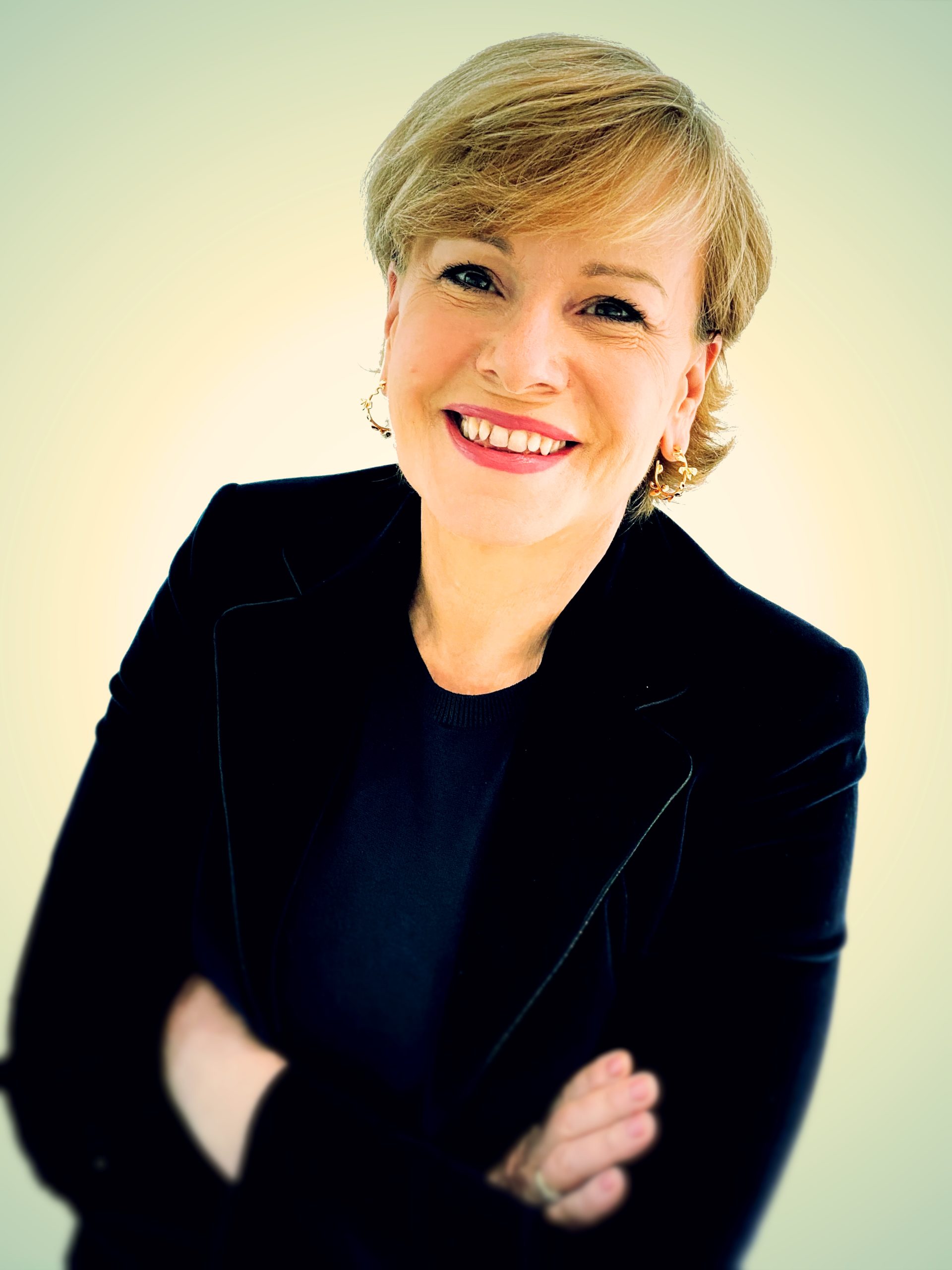
The future of beauty
How to develop a product for everyone - Innovation thanks to D&I
This article intends to benefit from my learnings & observations, as a Global Diversity & Inclusion Consultant: from cosmetic industry giants harnessing the power of data analytics and AI to best practices on how to tackle diversity & inclusion for a more sustainable and fair future.
During these bold conversations, Ellie Austin and Sara Castellanos the WSJ News Editors dove into two companies - L’Oréal, the world’s largest cosmetics company - and - Megababe, a conscious and size-inclusive small brand very niche specialized on thigh chafe, boob sweat and funky pits.
Deputy CEO Barbara Lavernos: What L’Oréal says on Innovating Beauty by Including Everyone
L’Oréal currently has 4000 projects in their ongoing research and labs focused on hyper personalisation of individual skin. AI is at the core of the personalisation: from lipstick that matches your skin tone or hair color to take a picture of your favorite bag and have the exact match of the color being produced at home.
“We want to personalize our products to suit their own needs and desires for their skin, their hair, or for what they are aiming to become in terms of personality thanks to personalization products” said Barbara.
Through this approach the big brand is transitioning from standard products to personal products to enhance the uniqueness of each individual.
In terms of talent attraction, for L’Oréal, it’s indispensable to attract diverse talent from a technology perspective in terms of diverse gender, culture and diversity of thought.
“We have about 30% of women in tech today and we aim for equilibrium but we are struggling to get women jumping into action. That is why what we are doing as a company is really trying to attract young women toward the tech world or science” added Barbara.
L’Oréal also really wants to reach a broader diversity of consumers. By listening to them, they identified a range of product need for menopause and have formulate those needs.
Such as makeup for those with lashes being older, thickness of the hair.
CEO Katie Sturrino: What Megababe says on Taboo Issues, Size Inclusivity and Redefining Beauty standards
Megababe mission is to provide women with solutions for real problems, to deal with daily taboo issues such as butt acne, boob sweat, thigh chafing.
For Katie, it’s surprising that cosmetic giants have established that thigh chafe is a niche problem. 7% of women in the country (US) are plus-size. That means their thighs rub together!
“That does not sound like a niche problem to me. I think it comes down to the people in the room at big companies who may be stuck in an old mindset and they are trying to catch up” said Katie.
Besides breaking taboos in cosmetics, Katie is also challenging fashion brands on Instagram:
#SupersizeMyLook where you can create outfits recently worn by celebrities to show that women of all sizes can be playful with fashion.
#MakeMySize highlights brands that failed to make clothes that fit her.
Katie mentioned Veronica Beard as an example of a brand that has responded well to her highlighting its lack of inclusivity.
“Since then, they have expanded their sizing and they have done a beautiful job representing both sizes. The way that I communicate with brands is never in a negative way. There is no downside in responding and saying thanks for this feedback” said Katie.
According to Katie, Victoria’s Secret is doing brilliant campaigns because they have made such a change. Despite all their efforts Katie has not done a try for Victoria’s Secret as she does not think she would fit their underwear as her size is 18,20.
Jonah Hill’s “please don’t talk about my body” post makes Katie wonder how many women in Hollywood have tried to say “please do not talk about my body or let’s talk about something else” and that has never quite had the impact of when one man said it.
While the giant beauty company - L’Oréal - showed its incentives of how to include every individual, Katie’s legacy and search for real impact - with Megababe - is a must.
It is evident that big brands need to learn from the small ones. Consumers are looking for brands that make more sense and that respond properly to their needs. Diversity & Inclusion foster the conscious recognition of biases and human needs.
Daniela Felletti
1981, Global Diversity, Equity and Inclusion
Consultant and Educator
The Future of Beauty is a virtual event organized by Wall Street Journal